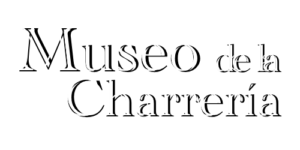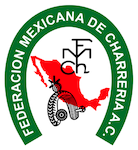19th CENTURY
Evolution of Charrería Throughout Mexican History
In the 19th century, with the independence, led by Hidalgo, with the popular insurgent force of Indians, mestizos and some viceroyalty troops.
To the united formed by lancers and dragoons, they taught the distichs their stubborn skills of lancers and dragoons of the reata, being then the beginning of the identity of the Mexican Creoles when defending their Homeland.
An example of this were the clergymen Leona, the Bravo family, don Ignacio Guedea, José Antonio Torres, Andrés Delgado, commander of the Dragones de Santiago unit, who stood out for his skillful horsemen.
The priest Hidalgo was followed by Morelos, who was very skilled on horseback, a consequence of his long years as a cowboy. And the ideas of independence continued to the south, with Vicente Guerrero; with Guadalupe Victoria, in Veracruz; Pedro Moreno in the Highlands of Jalisco, Guanajuato and Zacatecas; and with the fierce arrests of the guerrillas who enjoyed throwing their enemies and dragging "panzas coloradas" (as the people called them), making present the dignity and bravery that is traditional of the Mexican people, among the insurgent, indigenous and mestizo guerrillas.
Once our political independence was consummated in 1821 and after the ephemeral imperial period of Iturbide, the Mexican flag adopted the national colors: green, the insurgent movement; white, the symbol of the purity of the Catholic religion; and red, which represented the union of Europeans and Mexicans; in vertical stripes.
The coat of arms recalled an ancient Aztec tradition, the eagle in profile standing on a cactus in the middle of the lagoon, with a snake in its beak, which was placed in the middle of the white stripe in 1823, the year in which Mexicans, uniting their wills in a bundle, adopted the republican form of government.
The exemplary patriotism of the people was once again evident during the intervention, the empire and the French invasion.
Maximilian of Habsburg, as a good horseman, enjoyed the charrería, visited the rich pulque and cattle ranches accompanied by some rich charros who surrounded him and made some modifications to the charro costume, adjusting it to the European fashion. These consisted of closing the pants, keeping the chinaco buttoning, changing the bell boot for the one-piece military boot, and with the introduction of the color black, the black-tie charro costume was born, which he registered in Vienna.
Mexico's modern history began with the collapse of the Austrian prince's empire in 1867. National Independence had been saved, which was defined in the struggle of the classes of that time, to represent the ranchers indebted to the church, sharecroppers, agricultural laborers exploited by the landowners, all the demands of the people and the interests of the nation.
Still in that century, Porfirio Diaz created his famous rural division, formed mostly by peasant charros from the Bajio and Jalisco, properly dressed in national costume. This division was also the military guard of Chapultepec Castle. At that time, the characteristic of the Mexican landscape were the haciendas, which in the Porfiriato period monopolized agricultural production and in which the peonada cultivated the land, property of the masters.



